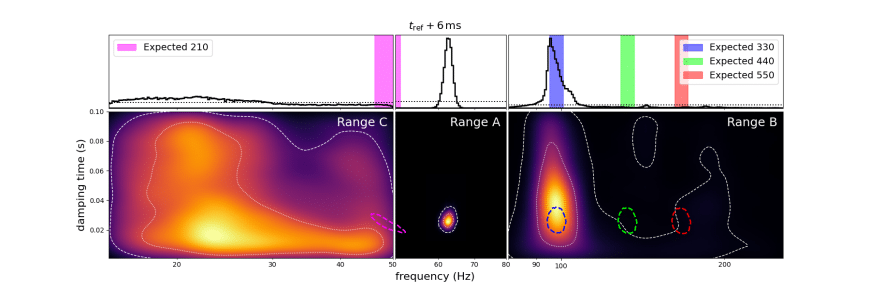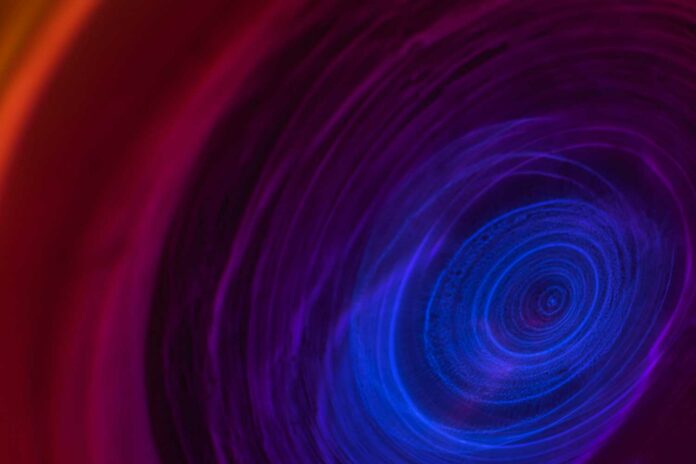Black holes are extremely simple objects. They are described by two numbers: its mass and angular momentum (or “spin”). However, the same does not apply to stars or planets, which are made of more complex matter distributions.
Black holes also hold a characteristic spectrum of gravitational wave signals, which have specific frequencies and fade out over time. When two black holes merge, the late stage of gravitational wave emission is a superposition of exponentially damped sinusoids. According to the black hole no-hair theorem- an important property of black holes- the quasinormal mode spectrum for a black hole must be highly constrained since just two numbers must determine the entire spectrum.
An international team of scientists at Radboud University has verified this vital property of black holes using gravitational wave observations. Scientists re-analyzed the gravitational wave signal data from a binary black hole merger event known as GW190521.
GW190521 is the heaviest black hole merger detected so far. The LIGO and Virgo observatories detected this event in May 2019.
They found a surprise hiding in the data using more sensitive techniques: a second, much weaker quasinormal mode that had escaped previous studies. This came as a huge surprise because it was assumed that these detections would need far more sensitive detectors, which wouldn’t be accessible until the middle of the 2030s.

Prof. Badri Krishnan at Radboud University said, “More than 20 years ago, we had proposed such observations to test the nature of black holes. At the time, we did not believe that the current LIGO and Virgo detectors would be able to observe multiple ringdown modes. Therefore, these results are particularly gratifying for me. So far, we have found no deviations from the predictions of general relativity, and Einstein continues to be right. Our analysis shows that the frequencies and damping times of the quasinormal modes are consistent with the predictions of general relativity.”
Journal Reference:
- Collin D. Capano, Miriam Cabero, Julian Westerweck, Jahed Abedi, Shilpa Kastha, Alexander H. Nitz, Yi-Fan Wang, Alex B. Nielsen, and Badri Krishnan. Multimode Quasinormal Spectrum from a Perturbed Black Hole. Physical Review Letters. DOI: 10.1103/PhysRevLett.131.221402
